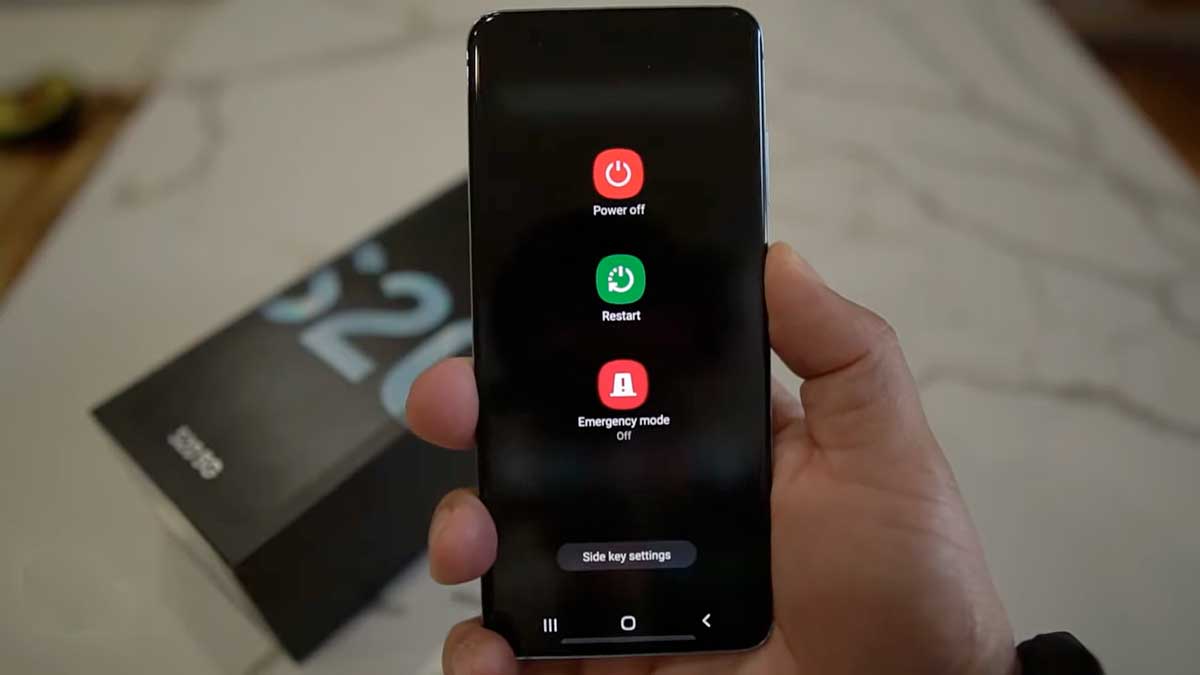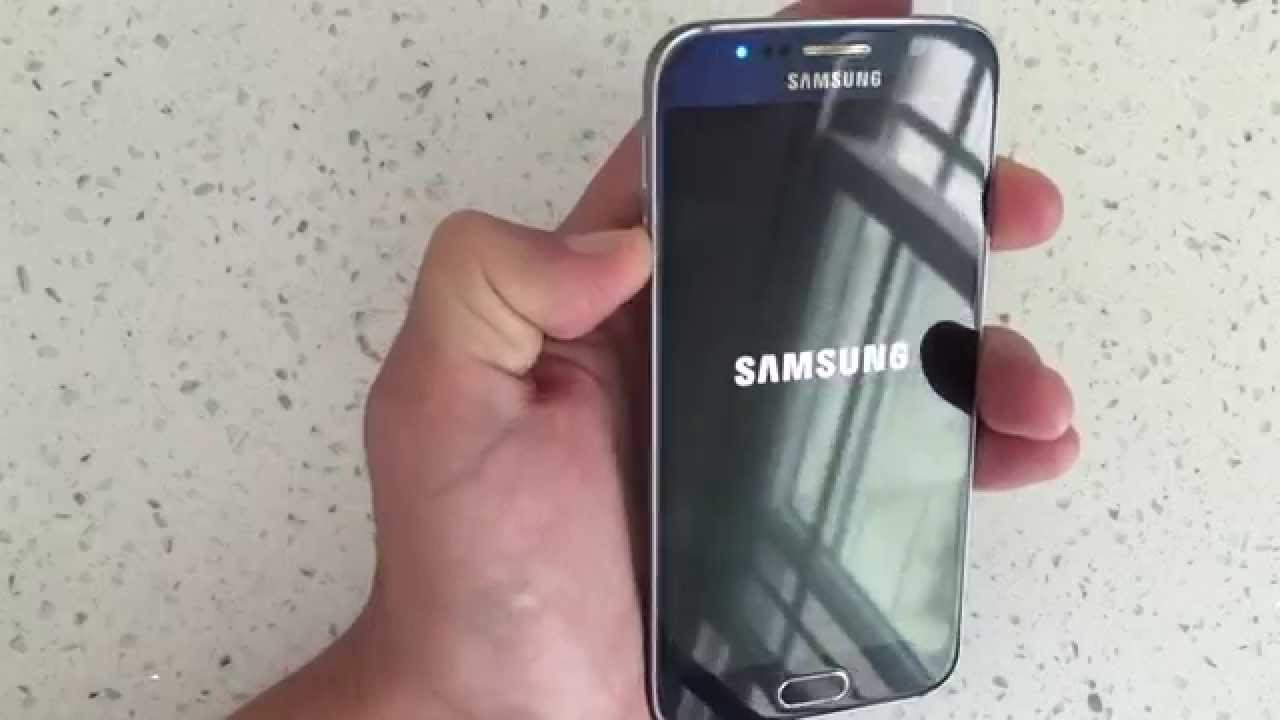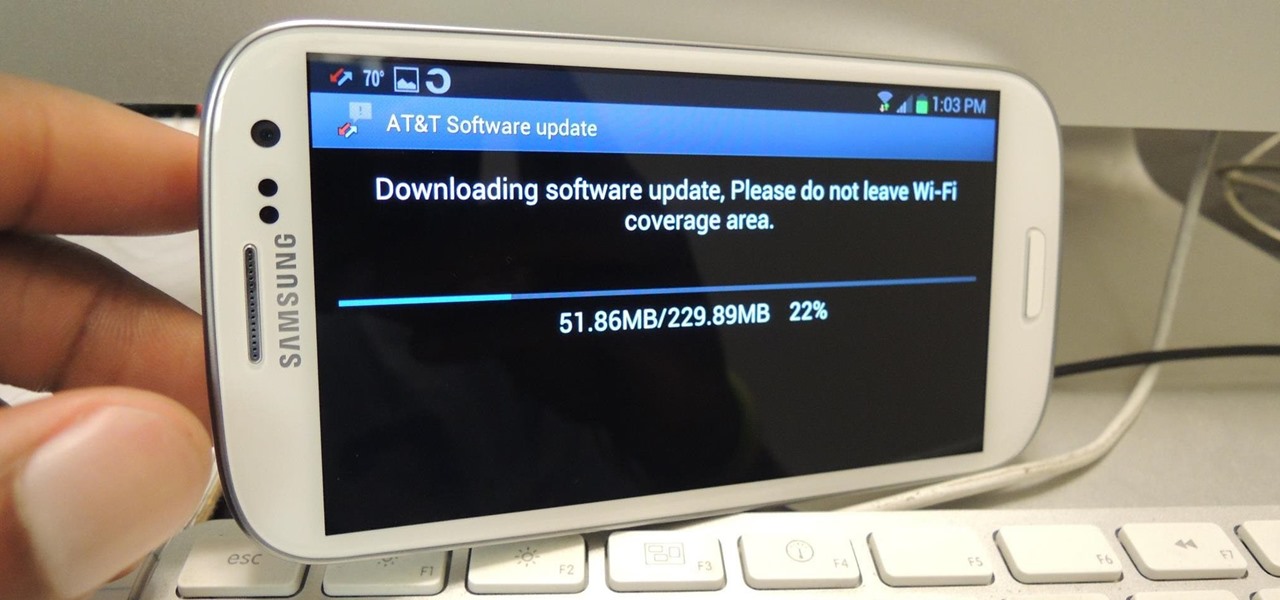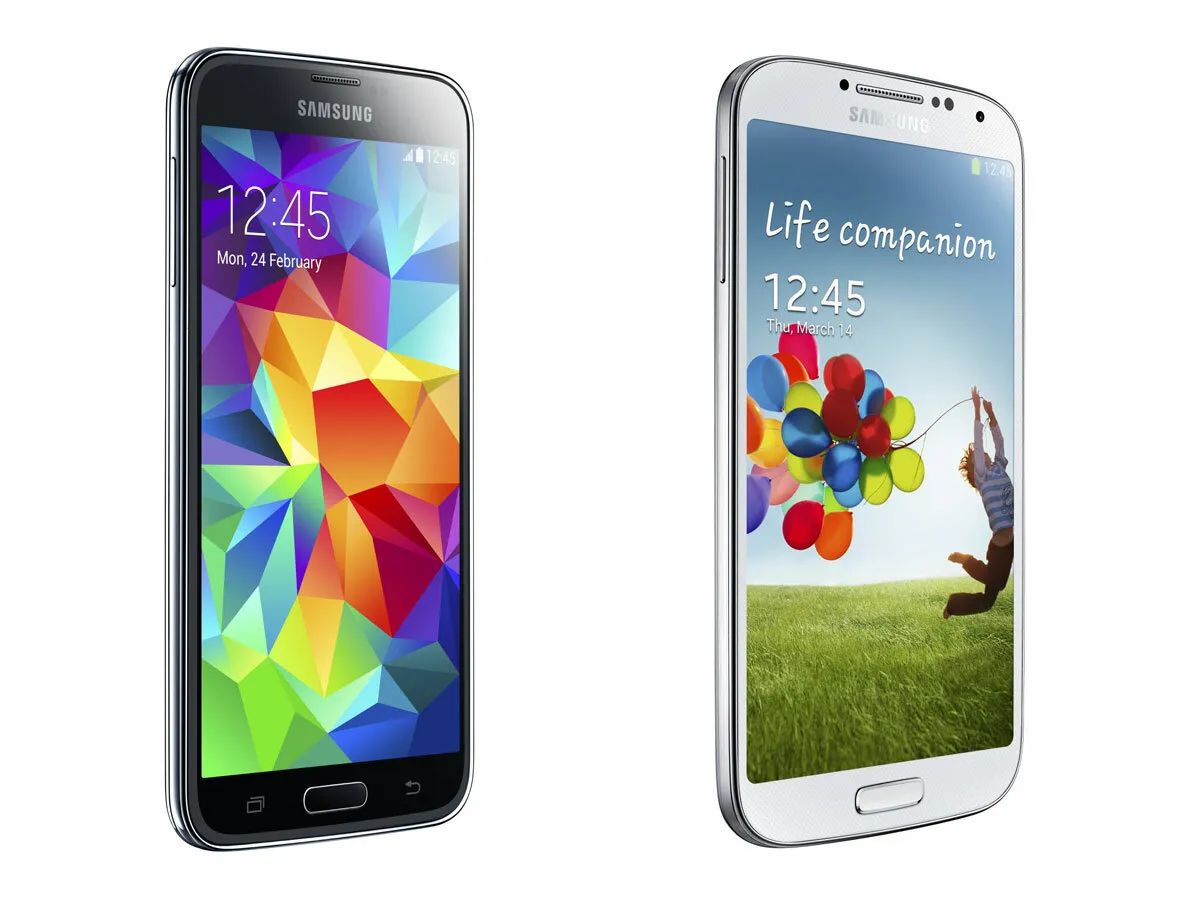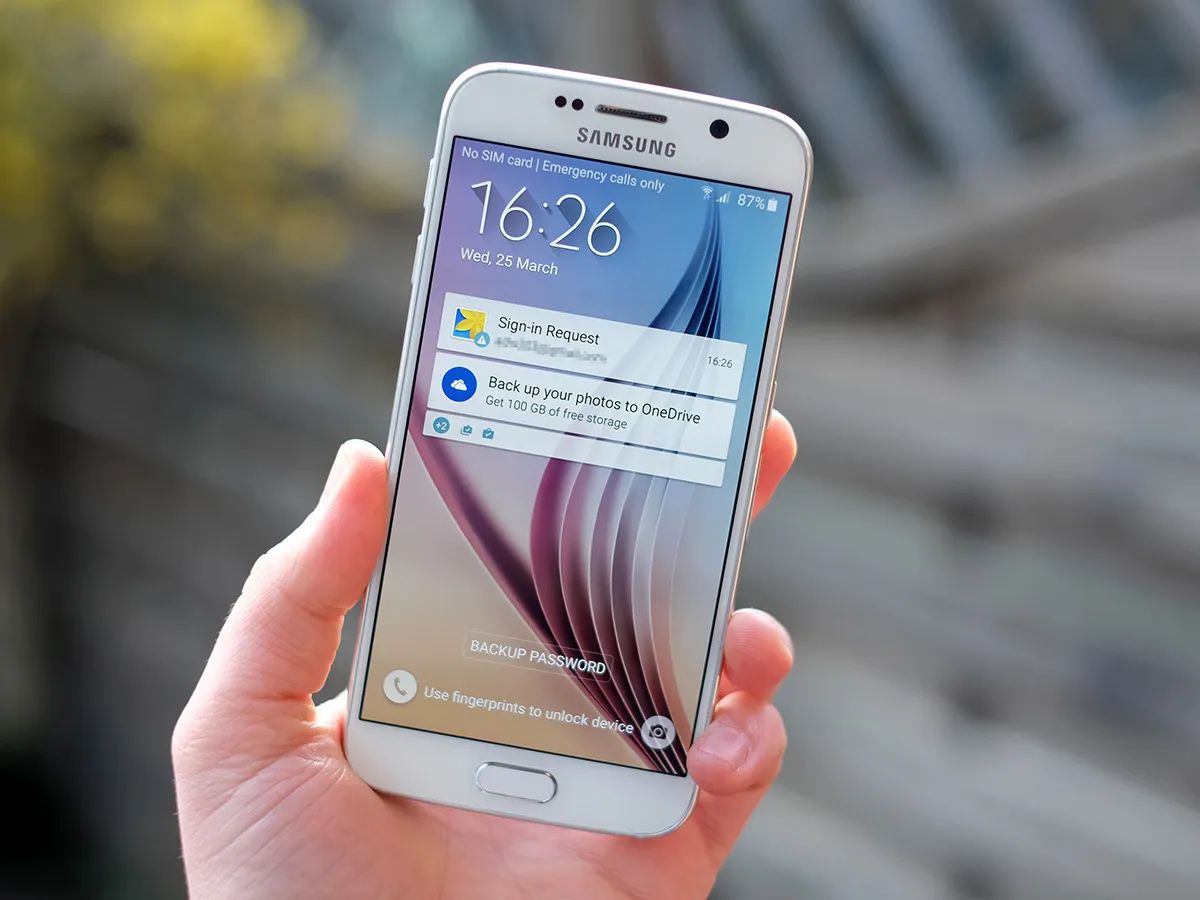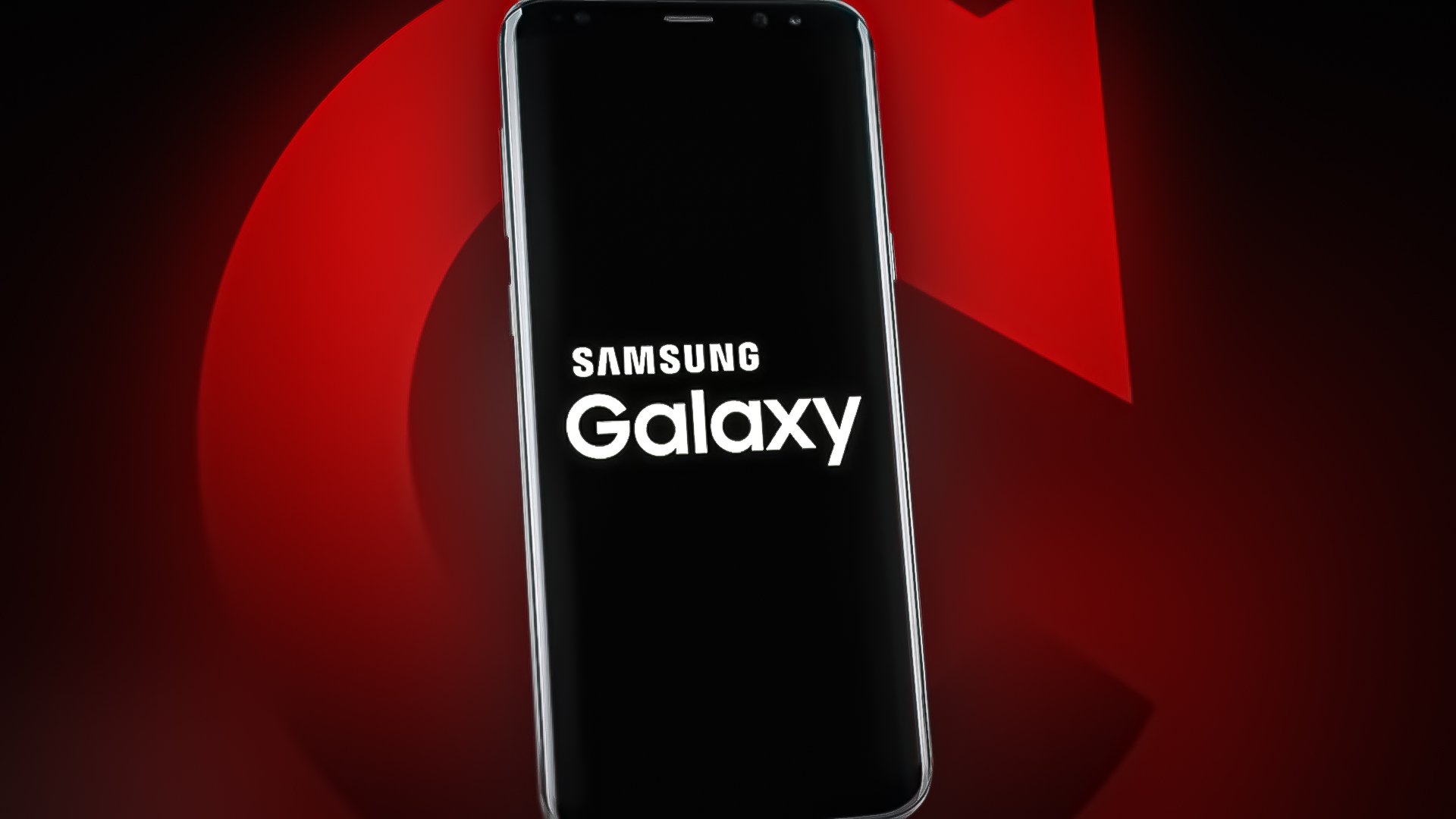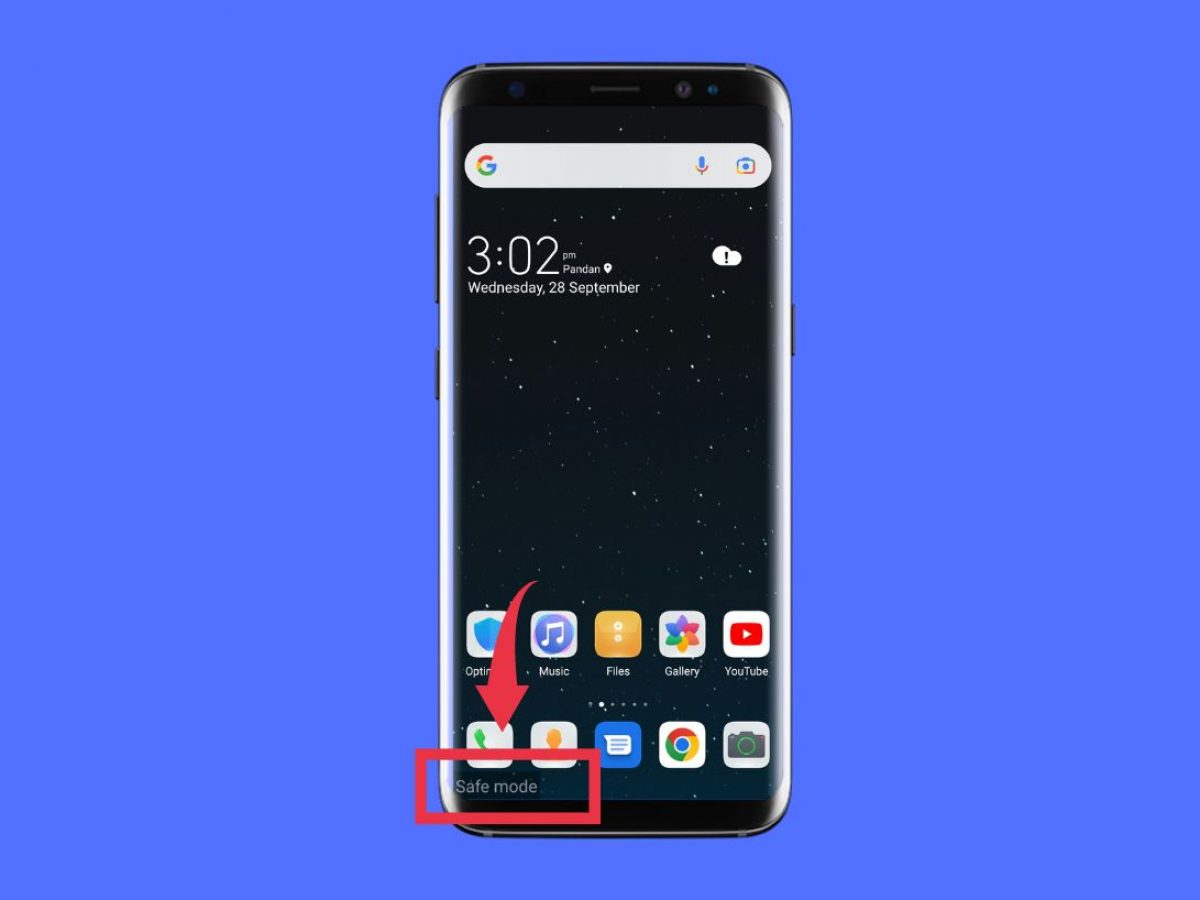Introduction
Welcome to this guide on how to restart a Samsung Galaxy device. Whether you’re experiencing a minor glitch, a frozen screen, or simply want to refresh your device, restarting can often help resolve the issue. Restarting your Samsung Galaxy is a basic troubleshooting step that can be performed without any technical expertise. In this article, we’ll walk you through the different methods to restart your device and get it running smoothly again.
A restart, also known as a reboot, involves powering off your Samsung Galaxy and then turning it back on. This process clears out any temporary files, closes background apps, and refreshes the device’s memory. It’s similar to giving your phone a quick nap, allowing it to start fresh and potentially resolve any software glitches or performance issues.
Keep in mind that restarting your Samsung Galaxy may not fix every problem you encounter. If you’re facing more serious issues, such as hardware malfunctions or persistent software problems, you may need to consider more advanced troubleshooting or seek professional assistance. However, a restart is always worth trying before taking any further action.
Now that we understand the importance and benefits of restarting your Samsung Galaxy, let’s dive into the different methods. We’ll cover basic steps to power off and restart your device, as well as solutions for frozen or unresponsive screens. Additionally, we’ll explore how to perform a soft reset and a factory reset, giving you the tools to tackle different scenarios.
Step 1: Powering Off the Device
The first step in restarting your Samsung Galaxy is to power off the device. This can be done using the hardware buttons located on the device itself. Follow these simple steps:
- Locate the power button on your Samsung Galaxy. It is usually located on the right side or the top of the device, depending on the model.
- Press and hold the power button for a few seconds until the power menu appears on the screen.
- Once the power menu shows up, tap on the “Power off” or “Turn off” option. This will initiate the shutdown process.
- Your Samsung Galaxy will display a confirmation message asking if you want to power off the device. Tap “OK” or “Yes” to proceed.
- Your device will start shutting down, and the screen will turn off.
Wait for a few seconds to ensure that your Samsung Galaxy has powered off completely. You can double-check by pressing the power button again, but you should not see any response from the device.
Now that your Samsung Galaxy is powered off, you can proceed to the next step in restarting it. Depending on the issue you’re facing, you may follow different methods to accomplish this. We’ll explore these methods in the following steps, so let’s move on to the next section.
Step 2: Restarting the Device
After powering off your Samsung Galaxy, the next step is to restart the device. Here are a few methods to accomplish this:
- Method 1: Press and hold the power button: Press and hold the power button until you see the Samsung logo appear on the screen. This indicates that your device is starting up. Release the power button once you see the logo, and your Samsung Galaxy will continue the booting process.
- Method 2: Use the restart option: If your device supports it, you can also restart your Samsung Galaxy using the restart option in the power menu. To access this option, press and hold the power button until the power menu appears. Then, tap on the “Restart” or “Reboot” option. Your device will then perform a complete shutdown and automatically start up again.
- Method 3: Remove and reinsert the battery: For devices with a removable battery, you can try removing the battery from the device. After removing the battery, wait for a few seconds before reinserting it. Then, press and hold the power button to turn on your Samsung Galaxy.
- Method 4: If your device has a non-removable battery: If your Samsung Galaxy has a non-removable battery, you can try performing a simulated battery pull by pressing and holding the power button and the volume down button simultaneously for about 10-15 seconds. This action simulates the effect of removing and reinserting the battery and can help in restarting the device.
Once your Samsung Galaxy is restarted, you should see the device starting up and the home screen appearing on the display. This indicates that the device has successfully completed the restart process.
If you were experiencing any issues or glitches before restarting, observe your device to see if the problem has been resolved. In some cases, a simple restart can fix minor software issues, improve performance, and refresh the device.
Now that you know how to restart your Samsung Galaxy, let’s move on to the next step, which covers restarting a frozen or unresponsive device.
Step 3: Restarting a Frozen or Unresponsive Device
Sometimes, your Samsung Galaxy may become unresponsive or freeze, making it impossible to perform a regular restart using the methods mentioned earlier. In such cases, you can try the following steps to restart the device:
- Method 1: Force Restart: Press and hold the power button and the volume down button simultaneously for about 10-15 seconds. This action forces your device to restart, bypassing any frozen or unresponsive screens. Release the buttons once the device vibrates or the Samsung logo appears on the screen.
- Method 2: Battery Disconnect: For devices with a removable battery, you can try disconnecting the battery by removing the back cover and taking out the battery. After waiting for a few seconds, reinsert the battery and hold down the power button for a few seconds to start the device.
- Method 3: Soft Reset: If the above methods do not work, you can perform a soft reset. This can be done by pressing and holding the power button and the volume up button simultaneously for about 10-15 seconds. This action simulates a battery disconnect and can help restart a frozen or unresponsive device.
After performing any of these methods, wait for a few moments to allow your Samsung Galaxy to complete the restart process. Once the device starts up, check if the unresponsiveness or freezing issue has been resolved. If the problem persists, you may need to consider further troubleshooting or seek assistance from Samsung support or a professional technician.
Remember, always try a regular restart first before resorting to force restart or other methods for unresponsive devices. Regular restarts are usually sufficient to fix most issues, but in rare cases, additional steps may be necessary.
Now that you know how to restart a frozen or unresponsive Samsung Galaxy, let’s move on to the next step, which covers performing a soft reset.
Step 4: Performing a Soft Reset
If you’re experiencing minor glitches or performance issues with your Samsung Galaxy, performing a soft reset can often help resolve them. A soft reset involves restarting the device without affecting any personal data or settings. Here’s how you can perform a soft reset on your Samsung Galaxy:
- Method 1: Power Off and On: The easiest way to perform a soft reset is to power off your device and then turn it back on. Follow the steps outlined in Step 1: Powering Off the Device to shut down your Samsung Galaxy. Once it’s off, press and hold the power button to turn it back on. This simple action refreshes the device’s system and helps resolve minor software issues.
- Method 2: Battery Pull: For devices with a removable battery, you can also perform a soft reset by removing the battery. Start by powering off your Samsung Galaxy using the steps described earlier. Once it’s off, remove the back cover and take out the battery. Wait for a few seconds before reinserting the battery, then put the back cover back on and power on your device.
- Method 3: Simulated Battery Pull: If your Samsung Galaxy has a non-removable battery, you can perform a simulated battery pull. Press and hold the power button and the volume down button at the same time for about 10-15 seconds. This action simulates the effect of removing and reinserting the battery, effectively performing a soft reset.
After performing a soft reset, give your Samsung Galaxy a few moments to fully power back on. Once it’s back up and running, check to see if the glitches or performance issues have been resolved. Soft resets are often effective in fixing minor software problems without affecting your data or settings.
If the issue persists after performing a soft reset, you may need to consider more advanced troubleshooting steps or seek assistance from Samsung support or a qualified technician.
Now that you know how to perform a soft reset on your Samsung Galaxy, let’s move on to the final step, which covers performing a factory reset.
Step 5: Performing a Factory Reset
In some cases, if you’re facing persistent software issues or want to erase all personal data from your Samsung Galaxy, performing a factory reset may be necessary. A factory reset will restore your device to its original factory settings, effectively wiping all data, settings, and installed apps. Here’s how you can perform a factory reset on your Samsung Galaxy:
- Method 1: Settings Menu: Start by navigating to the “Settings” menu on your Samsung Galaxy. You can access the settings by tapping on the gear icon in the app drawer or by swiping down from the top of the screen and tapping on the gear icon in the notification panel.
- Method 2: Backup Your Data: Before proceeding with a factory reset, it is important to back up any important data or files that you want to keep. This includes photos, videos, contacts, and any other personal data. You can back up your data using the built-in Samsung Cloud or by connecting your device to a computer and transferring the files.
- Method 3: Search for “Factory Reset” or “Reset” Option: Once you’re in the “Settings” menu, search for the “Factory Reset” or “Reset” option. It may be located under different sections depending on your Samsung Galaxy model and software version. Look for options such as “Backup and Reset,” “General Management,” or “Privacy.”
- Method 4: Initiate the Factory Reset: Tap on the “Factory Reset” or “Reset” option to start the process. Depending on your device and software version, you may be presented with additional options or warnings. Read through the information carefully and confirm your decision to proceed with the factory reset.
- Method 5: Follow the Prompts: Once you confirm the factory reset, your Samsung Galaxy will start the process. It may take a few minutes for the reset to complete. Follow any on-screen prompts that appear, such as confirming your Google account credentials or selecting the desired reset options.
After the factory reset is complete, your Samsung Galaxy will be restored to its original factory settings. It will be like using a brand new device, and you’ll need to set it up again, including signing in to your Google account and reinstalling any necessary apps.
Keep in mind that performing a factory reset will erase all data on your device, so make sure you have backed up any important information beforehand. This step should only be taken when necessary, such as when troubleshooting persistent software issues.
Now that you know how to perform a factory reset on your Samsung Galaxy, you have the knowledge to tackle even the most challenging software problems or start fresh whenever needed.
Conclusion
Congratulations! You have successfully learned how to restart a Samsung Galaxy device. Restarting your device is a simple yet powerful troubleshooting step that can help resolve minor glitches, refresh the device, and improve overall performance. Whether you encountered a frozen screen, unresponsiveness, or just wanted to give your device a quick restart, the methods we explored in this guide have got you covered.
We started by powering off the device and then moved on to different methods of restarting, including pressing and holding the power button, using the restart option, and performing a battery pull. For frozen or unresponsive devices, we explored force restarting and simulated battery pulls to revive them. Additionally, we discussed how to perform a soft reset to address minor software issues without deleting your personal data.
If all else fails, we looked at the option of performing a factory reset, which restores your Samsung Galaxy to its original factory settings. It’s important to note that a factory reset should only be considered when necessary, as it erases all data on the device.
Remember, always try a regular restart and other troubleshooting steps before resorting to more drastic measures like a factory reset. Most issues can be resolved with a simple restart and minor troubleshooting. However, if you encounter persistent problems or hardware issues, it’s recommended to seek professional assistance or contact Samsung support.
We hope this guide has been helpful and provided you with the necessary knowledge to keep your Samsung Galaxy running smoothly. Happy troubleshooting!







